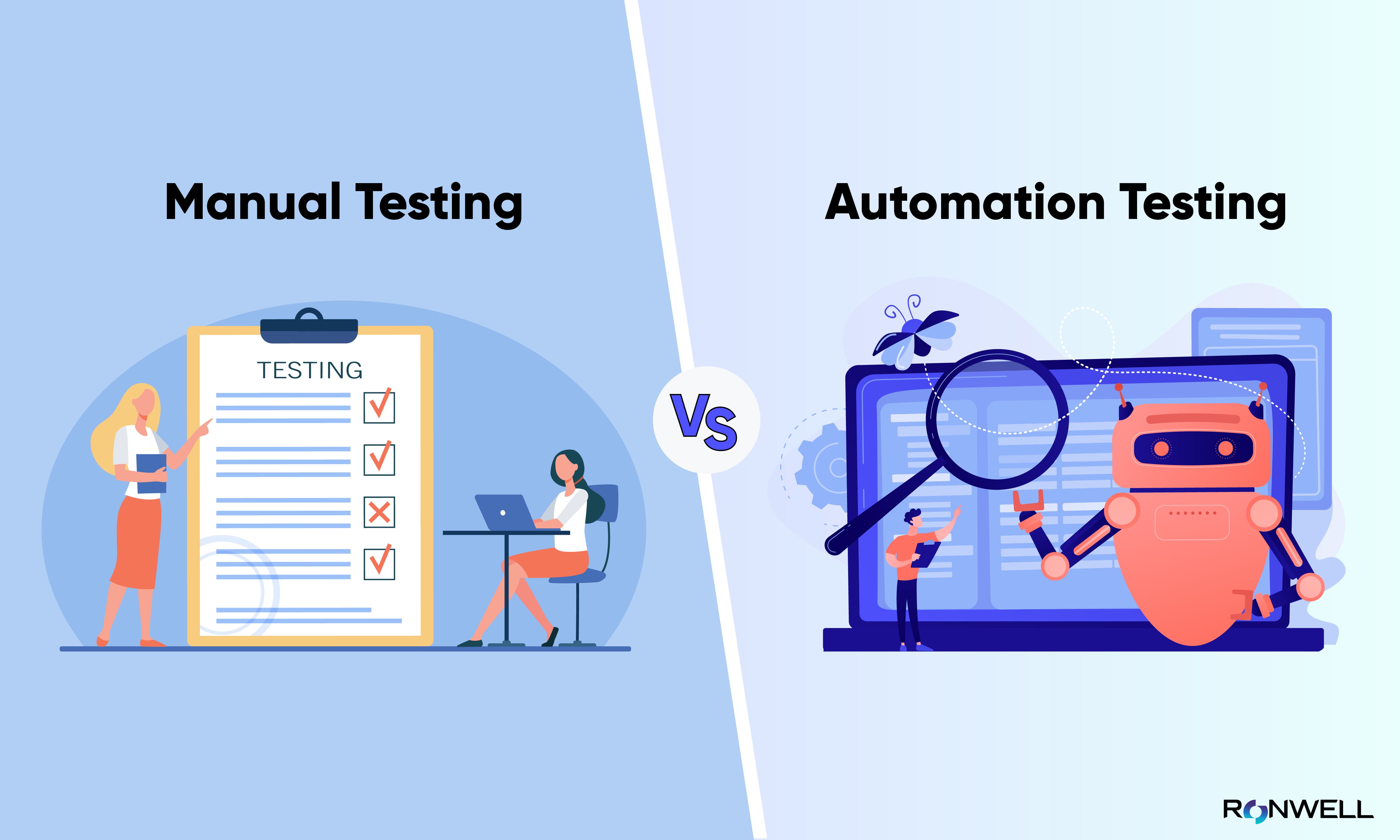Automation Testing: Key Tips to Simplify Growth Lifecycles
Automation Testing: Key Tips to Simplify Growth Lifecycles
Blog Article
Guaranteeing Success in Automation Examining: Trick Metrics, Obstacles, and Solutions Every QA Group Should Know
In the realm of software application high quality assurance, the landscape of automation testing is ever-evolving, requiring a thorough strategy to make certain smooth operations. The journey to grasping automation testing is led with subtleties that call for an eager eye for tracking, analysis, and continual renovation. As the market pushes ahead, the quest for optimum efficiency in automation testing remains a consistent search, prompting QA teams to equip themselves with the knowledge and approaches necessary for victory.
Significance of Key Metrics
Understanding the relevance of vital metrics is necessary for reviewing the efficiency and effectiveness of automation screening procedures. Key metrics work as measurable actions that supply useful insights into numerous elements of the testing process, such as examination insurance coverage, test implementation time, issue density, and test instance performance. By examining these metrics, QA teams can recognize bottlenecks, inefficiencies, and areas for renovation within their automation testing structure.
One vital aspect of crucial metrics is their ability to track development and monitor the overall health and wellness of the testing process (automation testing). They make it possible for stakeholders to make informed choices based upon data-driven insights, which can cause more effective screening methods and far better resource appropriation. Additionally, essential metrics can aid teams set practical goals, determine the success of automation efforts, and show the ROI of automation testing efforts

Common Challenges Encountered
Obstacles frequently experienced in automation testing procedures can substantially impact the total performance and efficiency of QA groups. Among the major obstacles is the choice of the best examination situations for automation. Not all test instances are appropriate for automation, and choosing the incorrect ones can result in lost time and sources. Additionally, keeping test scripts can be an overwhelming job, especially as the application undergoes constant modifications. Examination manuscript maintenance calls for constant updates and adjustments to guarantee they show the present performance accurately. Another usual difficulty is the initial investment needed for establishing automation frameworks and tools. This can be an obstacle for some organizations, especially smaller ones with minimal budget plans. Automation screening may not cover all elements of testing, such as functionality and individual experience testing, which still require manual treatment. Overcoming these difficulties requires proper preparation, calculated examination situation selection, robust maintenance processes, sufficient resources, and a clear understanding of the restrictions of automation screening.
Reliable Solutions for Obstacles
To resolve the obstacles run into in automation testing, carrying out reliable options is necessary for improving the performance and efficiency of QA groups. One crucial solution is to purchase robust training programs for QA teams to guarantee they have the click this site essential abilities to properly use automation tools. Training can bridge knowledge gaps, enhance understanding of automation structures, and boost scripting capacities, ultimately bring about extra reliable examination development and execution.
One more crucial option is to develop clear communication channels within the QA group and with other stakeholders, such as designers and job managers. Efficient communication aids in aligning expectations, sharing progression updates, and without delay dealing with issues or obstacles that may occur throughout the automation screening process.

Tracking and Evaluation Techniques
Implementing efficient tracking and evaluation strategies is important for making sure the success and performance of automation screening procedures. By using monitoring tools, QA groups can track the efficiency of test scripts, recognize traffic jams, and pinpoint locations for improvement. Real-time tracking permits fast detection of problems, enabling quick feedback and resolution. In addition, assessing examination outcomes and metrics supplies important understandings into the top quality of the software application being examined and the effectiveness of the screening strategy.
One key technique in monitoring and evaluation is using more dashboards that consolidate appropriate metrics and KPIs in a visually available layout. These dashboards provide an extensive overview of test implementation standing, examination protection, defect fads, and other essential info. Frequently examining and evaluating these control panels can help QA teams make educated decisions, prioritize jobs, and maximize screening efforts.
Moreover, applying automated informs and notifications based on predefined limits can boost aggressive tracking and timely treatment. By setting up alerts for efficiency deviations or examination failings, groups can resolve concerns without delay and avoid them from intensifying. Overall, surveillance and evaluation techniques play a crucial duty in making sure the performance and success of automation screening efforts.
Continual Enhancement Techniques
Enhancing the from this source effectiveness of automation testing processes necessitates the constant improvement of techniques and methods. One essential method to boosting automation testing procedures is to perform regular evaluations and retrospectives.

Verdict
In conclusion, it is critical for QA teams to recognize the vital metrics, difficulties, and remedies in automation testing to make certain success. By meticulously keeping track of and evaluating information, applying efficient options to typical difficulties, and continuously enhancing strategies, QA teams can optimize their screening processes and deliver top quality software. Abiding by these methods will inevitably lead to a lot more reliable and efficient automation testing techniques.
By examining these metrics, QA groups can recognize traffic jams, ineffectiveness, and locations for renovation within their automation screening framework.
Additionally, vital metrics can help groups established reasonable goals, gauge the success of automation campaigns, and show the ROI of automation testing initiatives.
Obstacles commonly run into in automation testing processes can considerably affect the total effectiveness and effectiveness of QA groups. Automation screening may not cover all facets of screening, such as usability and user experience testing, which still call for hand-operated intervention.In verdict, it is essential for QA teams to understand the crucial metrics, difficulties, and solutions in automation screening to make certain success.
Report this page